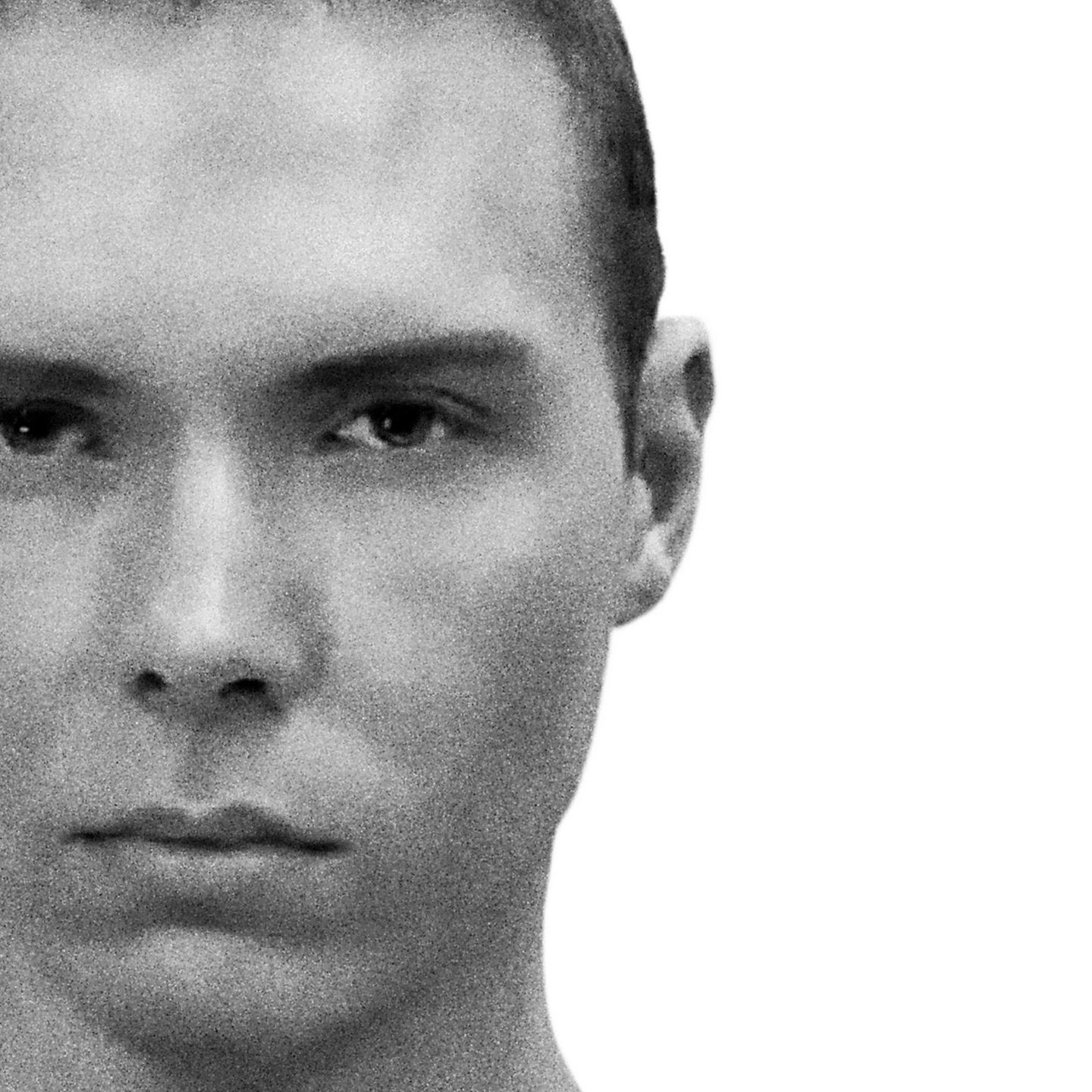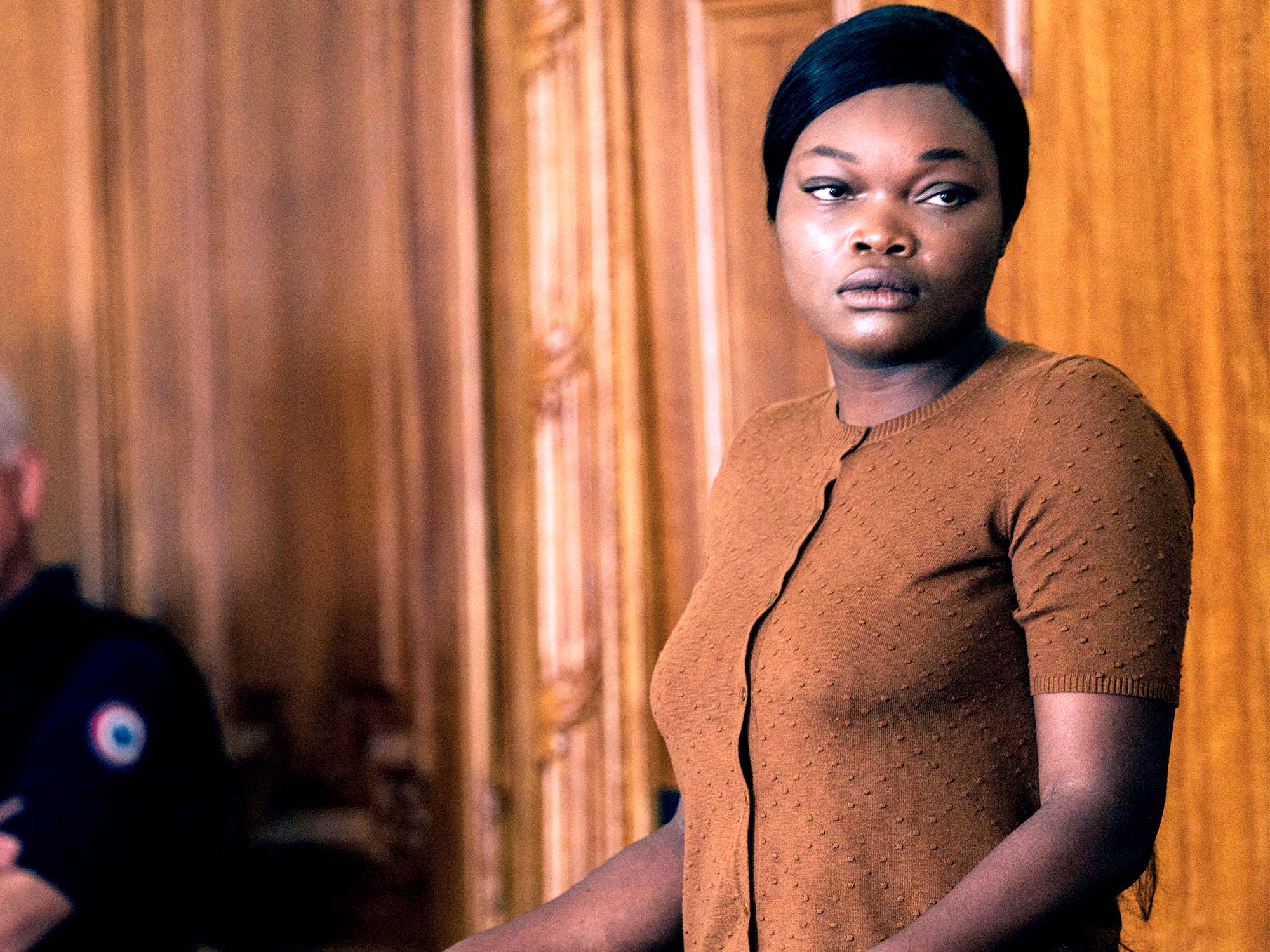"The Accused Nun: Unraveling The True Story Behind Saint Omer" takes a thought-provoking, sensitive look at the story of Laurence Coly, a Senegalese immigrant living in France who was accused of killing her 15-month-old daughter.
Editor's Notes: "The Accused Nun: Unraveling The True Story Behind Saint Omer" have published today date to shed light on grave socio-legal matter.
After a thorough analysis and in-depth research, we have summarized the case and its implications in this guide. As we delve into the facts and controversies surrounding the case, the objective is to provide you with a comprehensive understanding of the complexities of "The Accused Nun: Unraveling The True Story Behind Saint Omer".
Key Differences:
| Documentary Film | "The Accused Nun: Unraveling The True Story Behind Saint Omer" |
|---|---|
| Genre | Documentary |
| Subject | Laurence Coly, a Senegalese immigrant accused of killing her daughter |
| Director | Alice Diop |
| Release Date | February 23, 2023 |
Main Article Topics:
FAQs
This section addresses frequently asked questions and misconceptions surrounding "The Accused Nun: Unraveling The True Story Behind Saint Omer."

Luka Magnotta And The Gruesome True Story Behind '1 Lunatic, 40% OFF - Source alphamedicalmanagement.com
Question 1: What is "The Accused Nun" about?
The documentary explores the intriguing case of Laurence Coly, a Senegalese immigrant and devout Catholic nun, who was accused of murdering her newborn baby. The film delves into the complexities of the case, including cultural biases, religious beliefs, and the search for justice.
Question 2: Is "The Accused Nun" based on a true story?
Yes, the documentary is based on the real-life case of Laurence Coly. The filmmakers thoroughly researched the case, interviewing Coly, her family, and others involved in the trial. The film presents a nuanced account of the events leading up to and following the accusations.
Question 3: What is the significance of the film's title, "Saint Omer"?
Saint-Omer is the city in France where the trial of Laurence Coly took place. The title suggests that the case and its implications go beyond the individuals involved, touching upon broader societal and cultural issues.
Question 4: Is the documentary biased towards Laurence Coly?
The filmmakers have strived to present a balanced account of the case, allowing all parties to share their perspectives. They avoid sensationalism and instead focus on exploring the complexities of the situation. The film prompts viewers to question their own biases and to critically examine the interplay of justice, culture, and faith.
Question 5: What are the key takeaways from the documentary?
The documentary highlights the importance of understanding cultural differences, the dangers of prejudice, and the need for a fair and impartial justice system. It encourages viewers to question their preconceptions and to approach similar cases with empathy and critical thinking.
In conclusion, "The Accused Nun" is a thought-provoking and informative documentary that sheds light on a complex and controversial case. It invites viewers to consider the multifaceted nature of justice, the influence of societal biases, and the importance of seeking truth beyond superficial appearances.
Next: Explore the Themes of "The Accused Nun" ->
Tips

“Saint Omer,” Reviewed: A Harrowing Trial Inspires a Complex, Brilliant - Source www.newyorker.com
To deepen your understanding of the captivating film, "The Accused Nun: Unraveling The True Story Behind Saint Omer", consider these insightful tips:
Tip 1: Research the historical context: The Accused Nun: Unraveling The True Story Behind Saint Omer is based on a real-life事件that occurred in France in 2016. Familiarize yourself with the case and its social and cultural implications to fully grasp the film's themes.
Tip 2: pay attention to the legal proceedings: The film depicts the intricacies of the legal system, including the trial and its aftermath. Observe the legal strategies, arguments, and ethical dilemmas faced by the characters.
Tip 3: Analyze the characters' motivations: The film explores the complex motivations and inner struggles of the characters. Examine their actions, choices, and relationships to gain a deeper understanding of their perspectives.
Tip 4: Note the film's visual language: The film employs powerful visual techniques, such as symbolism, lighting, and cinematography. Pay attention to these elements and their contribution to the film's mood and themes.
Tip 5: Reflect on the film's themes: The film raises thought-provoking questions about race, identity, religion, and the nature of justice. Consider these themes and how they resonate with your own beliefs and experiences.
By following these tips, you can enrich your viewing experience and gain a deeper appreciation for the complexities and insights offered by "The Accused Nun: Unraveling The True Story Behind Saint Omer".
The Accused Nun: Unraveling The True Story Behind Saint Omer
The Accused Nun: Unraveling The True Story Behind Saint Omer delves into the complexities of a real-life trial, shedding light on the interplay of legal proceedings, societal norms, and personal beliefs. Six key aspects emerge from this examination:
- Historical Context: 17th-century France's religious and social milieu.
- Legal Drama: The suspenseful trial and its impact on all involved.
- Gender Roles: The societal expectations placed on women in the 17th century.
- Religious Beliefs: The clash between personal faith and legal judgment.
- Moral Dilemma: The ethical questions raised by the accusations and trial.
- Cultural Impact: The lasting legacy of the case and its influence on subsequent events.

Amber Hagerman: The Tragic True Story Behind The Amber, 50% OFF - Source www.gbu-presnenskij.ru
These aspects intertwine to present a multifaceted narrative. The historical context sets the stage for the legal drama, while the gender roles and religious beliefs shape the characters' motivations. The moral dilemma at the heart of the trial forces both the accused and the observers to confront their own beliefs. Ultimately, the cultural impact of the case serves as a reminder of the enduring power of history and the complexities of human nature.

“Saint Omer” and “Turn Every Page,” Reviewed | The New Yorker - Source www.newyorker.com
The Accused Nun: Unraveling The True Story Behind Saint Omer
The Accused Nun: Unraveling The True Story Behind Saint Omer is a gripping film set in the 17th century and explores the true story of Suzanne Simonin, a nun accused of murdering her newborn child. The film delves into the complex events leading up to the accusation and its aftermath, shedding light on the societal pressures and prejudices faced by women during that time.

Saint Omer review – Astonishing feat of ambiguity and emotion - Source idolsandinfluencers.com
The film effectively portrays the complexities of the case, challenging viewers to consider the nuances of justice, morality, and the role of religion in society. The story raises questions about the treatment of women in the justice system and the limited options available to them in a patriarchal society. It also highlights the importance of uncovering the truth and ensuring that justice is served, regardless of one's social status or gender.
The Accused Nun is an important film that provides a lens into the historical treatment of women and the challenges they faced. It serves as a reminder of the ongoing struggle for gender equality and the need for a more just and equitable society.
Key Insights:
| Insight | Evidence |
|---|---|
| The societal pressures and prejudices faced by women in the 17th century were immense. | Suzanne Simonin's case demonstrates the limited options available to women and the harsh consequences they faced for transgressions. |
| The justice system was often biased against women. | Simonin's trial was heavily influenced by societal prejudices, and she faced an uphill battle in proving her innocence. |
| Religion played a significant role in shaping the treatment of women. | The Church's influence on society and the belief in witchcraft contributed to the suspicions against Simonin. |